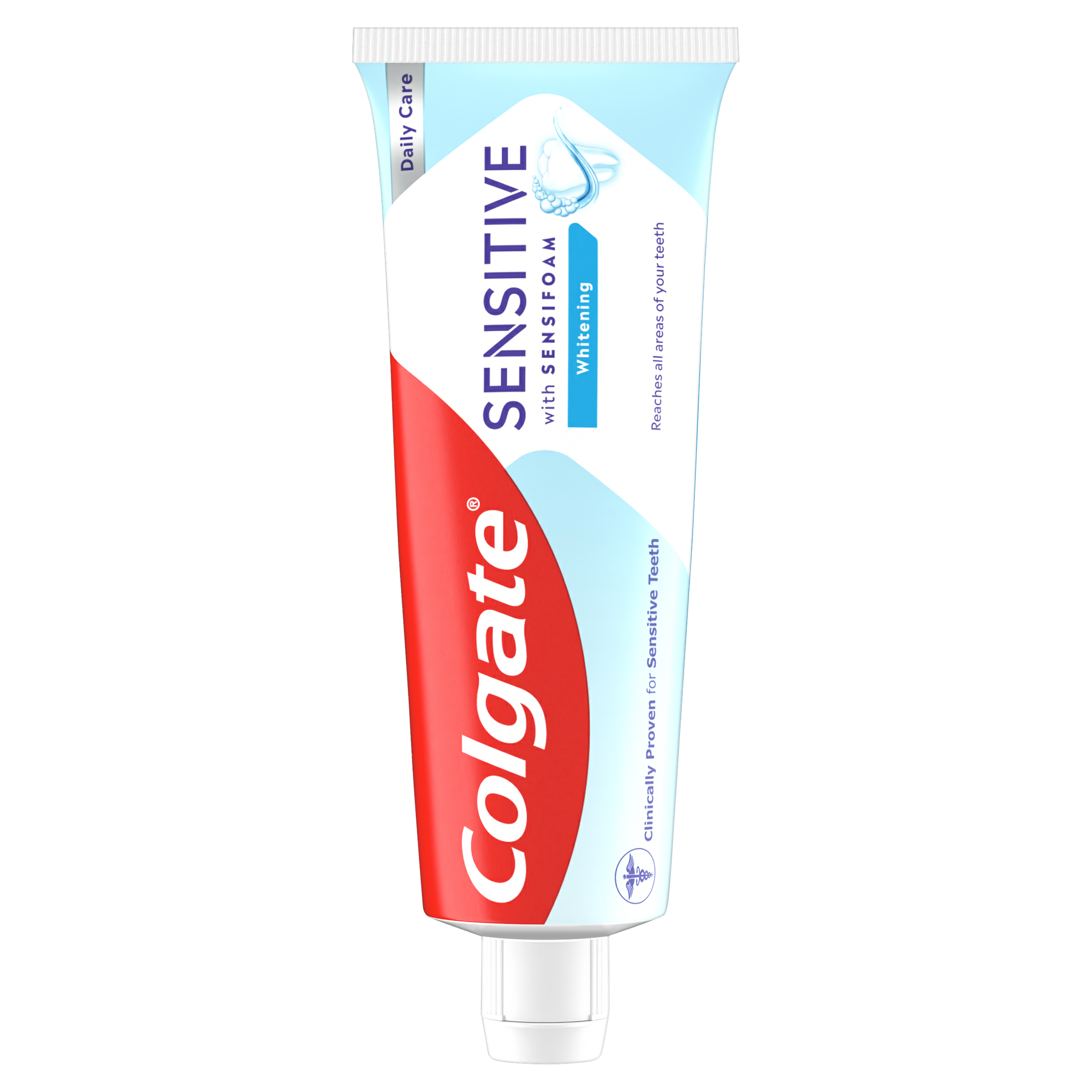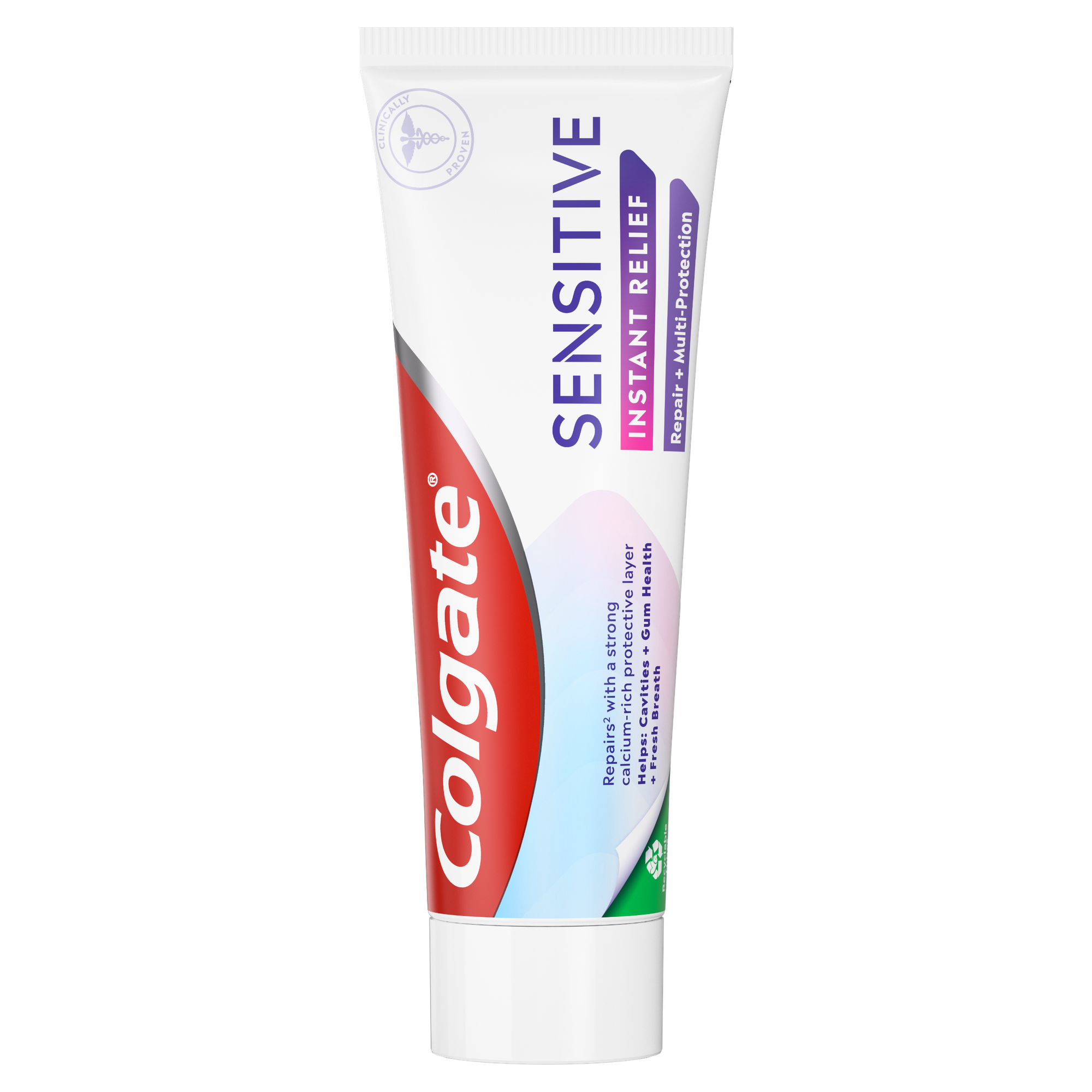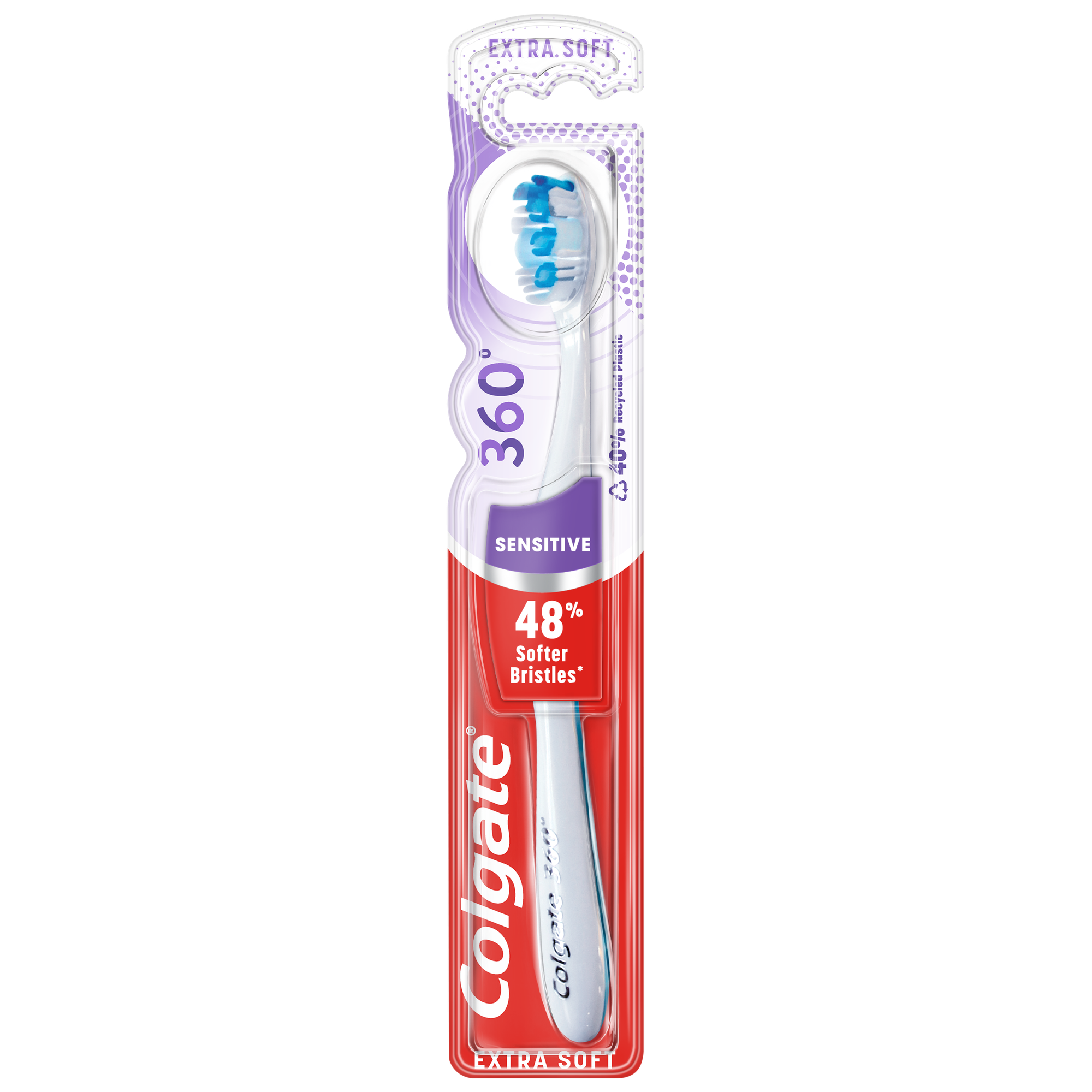What is enamel microabrasion?
The enamel microabrasion technique is a permanent cosmetic dentistry procedure that removes discolouration from the tooth surface. Yellow and brown spots on the tooth are often decalcification stains caused by a build-up of sugar and acids that weaken tooth enamel. This procedure is typically done to improve the appearance of stains or a discoloured tooth due to enamel defects that occur during tooth development or from dental fluorosis.
Is enamel microabrasion healthy?
Enamel microabrasion treatment can be better for your teeth than other whitening methods since the procedure does not require harsh chemicals. This non-invasive treatment only removes micro-layers of enamel to ensure as much protection as possible remains. The whitening effects of the microabrasion technique are effective and long-lasting, and your dentist can determine if you're a candidate for the treatment.
Enamel microabrasion before and after
Before treatment. Enamel microabrasion whitens teeth with mechanical dental tools rather than harsh chemicals. A dental professional may recommend the treatment for people with discoloured teeth from drinking coffee, poor oral hygiene, genetics or dental fluorosis. According to the NHS, dental fluorosis produces fine white lines or, in severe cases, discolouration or a “pitted” appearance. If you experience mineralised white stains, enamel defects or surface irregularities on your teeth, contact your dental professional to see if enamel microabrasion is the correct treatment for you.
After treatment. Once the procedure is complete, the surface of the protective enamel will appear radiant, shiny and glass-like. People who undergo the enamel microabrasion technique can experience a smoother tooth surface, which helps to reduce bacterial colonisation resulting in a potential decreased risk of tooth decay.
What happens in an enamel microabrasion procedure?
The treatment for enamel microabrasion is usually quick and painless, though some teeth sensitivity may occur in the first 24 hours. Your dental professional will likely use a mechanical rotating device called a prophy cup to grind down the tooth surface instead of whitening them with harsh chemicals. A typical enamel microabrasion procedure can involve the following steps:
- The teeth are isolated from the gums with a rubber dam.
- Acidic and abrasive agents are applied to the teeth in the form of a paste.
- Your dental professional will gently scrub the paste with a prophy cup to remove stains from the discoloured tooth.
- The paste is suctioned, then rinsed from the teeth.
- To further blend the colour of the teeth, your dentist may give you take-home whitening.
How long does an enamel microabrasion procedure take?
An enamel microabrasion procedure occurs in one appointment and should take no more than an hour to complete. Multiple appointments for this procedure are not usually standard practice.
Knowing the safe options for teeth whitening is vital. Enamel microabrasion is minimally invasive, and a great solution for people with a discoloured tooth or mineralised spots from dental fluorosis on their teeth.
Who can benefit from Enamel Microabrasion treatment?
If you notice you have brown or white stains on your tooth surface, a discoloured tooth, or enamel defects due to fluorosis, you might be a good candidate for enamel microabrasion treatment! However, if you’ve had any problems with your tooth enamel in the past, you might prefer to use other less abrasive treatments to improve the appearance of your teeth. [kw1]
Pros and Cons of Microabrasion technique
The main difference between traditional whitening and enamel microabrasion is in the actual process itself, which uses dental tools to improve the appearance of your teeth instead of chemical whitening. The microabrasion technique only targets the tooth surface, meaning it’s a great cosmetic dentistry procedure with quick results! It’s less invasive, painless and usually costs around the same as teeth whitening.
One of the major cons of the microabrasion technique is that it won’t help with deep stains, only minor tooth surface defects – and usually the worse the dental fluorosis is, the less likely your dentist will be to recommend microabrasion. Another drawback is that any abrasive work can weaken your tooth enamel further, in the same way as brushing your teeth too aggressively does. [kw2]
It’s always helpful to stay informed on the cosmetic dentistry procedures that can give you more confidence in your teeth; speak with your dental professional to see if enamel microabrasion treatment can help to give you a smile you love!
ORAL HEALTH QUIZ
What's behind your smile?
Take our Oral Health assessment to get the most from your oral care routine
ORAL HEALTH QUIZ
What's behind your smile?
Take our Oral Health assessment to get the most from your oral care routine













